Adaptive S & OP
Carol Ptak is currently a partner with the Demand Driven Institute and was most recently at Pacific Lutheran University as Visiting Professor and Distinguished Executive in Residence. She served as Vice President and Global Industry Executive for Manufacturing and Distribution Industries at PeopleSoft where she developed the concept of demand-driven manufacturing (DDM).
Ms. Ptak's expertise is well grounded in over two decades of practical experience as a successful practitioner, consultant, and educator in manufacturing operations. Her pragmatic approach to complex issues and dynamic presentation style has her in high demand worldwide on the subject of how to leverage these tools and successfully become demand driven.
Companies are facing an ever more increasingly complex environment coupled with increasing marketplace volatility. This is causing companies to strive to be more flexible and responsive by streamlining both planning and execution. In addition, companies are attempting to conserve the use of their valuable resources. Instead of investing in products prematurely that then creates an inventory that may not be demanded, companies must be able to use its resources to produce only those products that will be actually demanded by their customers. But how can a company transform into an agile demand-driven enterprise capable of staying ahead of today’s hypercompetitive market? Clearly, the answer must be a systemic change – an alignment of sales and demand-driven operations.
Sales & Operations Planning has been around for over thirty years and has enjoyed only moderate success. Demand Driven Material Requirements Planning (DDMRP) has been around for almost a decade; however, it is only now being recognized by an increasing number of companies as the operating model for which they have been searching.
S&OP and DDMRP are very complementary and symbiotic if combined properly. This requires organizing and utilizing people in the right way, with the proper attitude and motivation. This process begins with trust which has to come from the top. The executives of the company must create an environment of trust in the company and instill that in its people. Next is the concept of collaboration. This takes people working together with common goals. In a truly collaborative environment, it is not about who is right, it is all about what is right for the company. This is sustained by employing flow-based metrics that align the individual and company goals.
Areas Covered
- What is Sales & Operations Planning? How did S&OP develop? What problem is S&OP designed to solve? Who should be involved in S&OP? Why has it been difficult to implement?
- The Strategic Relevant Range - Over what timeframe is S&OP designed to manage change
- Adaptive S&OP Starting Assumptions- What should be in place before a company attempts to implement S&OP?
- The Seven Steps of the Adaptive S&OP Mode-I think this should be elements. What are the 7 elements that make up an S&OP process
- Integrated Reconciliation-Facilitating the S&OP process? Why is this process important for an effective S&OP process? Who needs to be involved?
- Portfolio and New Activities-What is new and what is changing in the new product area? What projects are on the horizon that will have an impact on our resources? Will the projects support our demand and supply strategy?
- Demand Considerations What are the things that will affect our future demand? What will our future aggregate demand by product family look like? What will be the demand by SKU for new product and promotions?
- Supply Considerations- What resources will be required by our manufacturing and our suppliers to support our future demand?
- Financial Considerations- What are the new demand and supply plans telling us about our current business plan and the predicted changes to this plan?
- Demand Driven S&OP- What changes to our manufacturing families are being requested by our demand changes?
- Management Business Review- Management has the responsibility to make decisions concerning all changes to the future and any deviations to the business plan.
- Strategic Metrics – What are the critical metrics that managers must use to properly manage the business?
- Incorporating Innovation – Demand Driven Project Management-Should this chapter be part of New product and New activities?
- Summary - Why Adaptive S&OP is critical to the future of the organization?
Course Level - Basic/Fundamental
Who Should Attend
- Director
- Vice President
- CEO
Why Should You Attend
Adaptive S&OP is the strategic component of the Demand Driven Adaptive Enterprise (DDAE) Model. Adaptive S&OP is the integrated business process that provides management the ability to strategically define, direct and manage relevant information in the strategic relevant range and across the enterprise. Market-Driven Innovation is combined with Portfolio and New Activities, Demand, Supply, and Financial strategies to create strategic information and requirements for tactical reconciliation and strategic projection to effectively create and drive adaptation. This webinar will overview the seven basic steps of Adaptive S&OP.
-
$200.00
-



